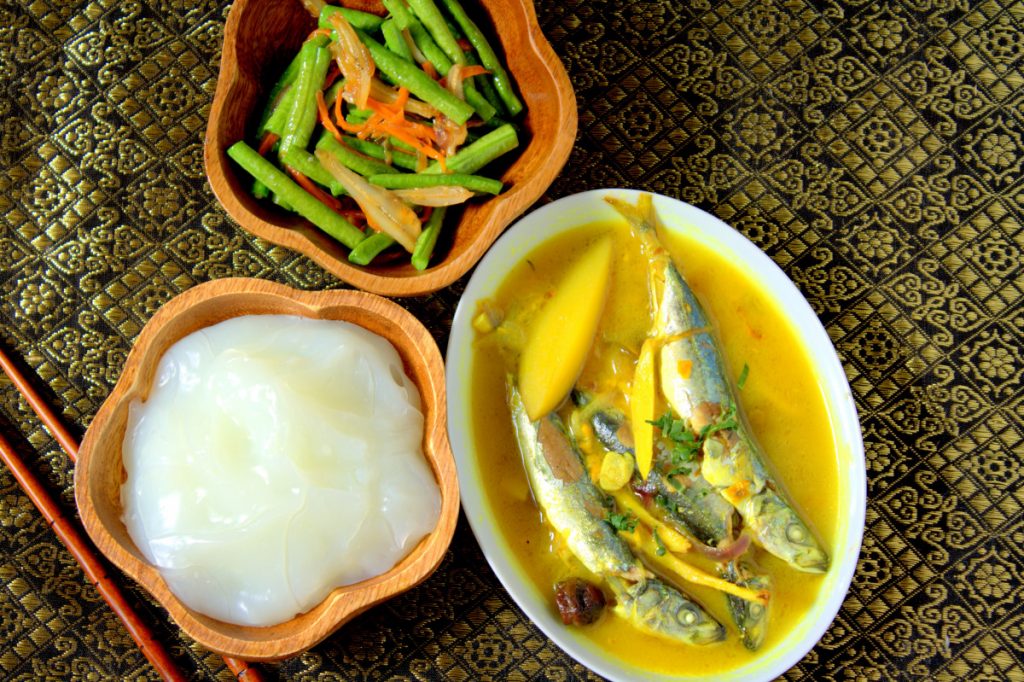PAPUAAROUND — The charm of Papua has always hypnotized local people and even foreigners, especially in its waters. Talking about Papua is not only about its customs, culture and beautiful tourist attractions.
Papua people’s also have a variety of delicious culinary specialties. Here are 5 culinary specialties that you must try when visiting Papua, let’s review them.
1. Papeda
Papeda is one of Papua’s most iconic and famous specialties. This food is usually a staple food as a source of carbohydrates.
Padeda has a thick texture and mild flavor. This food is made from sago trees that have been squeezed, strained and cooked.
Apart from coming directly from the sago tree, papeda can also be made from sago flour. The method is simple, just bring water to a boil, then put the sago in a pot or bowl, add orange juice, salt and cold water to taste.
Stir in the sago and all the ingredients, then strain. When the water boils, pour it into the prepared sago and stir until cooked. Keep stirring until evenly cooked.
2. Sago Caterpillar
One of Papua’s specialties is sago worm satay. The people of the Kamaro tribe consider sago worms to be a vitamin-rich food. Usually, sago worms are found on old or rotten sago stems.
Local people call food with sago worm as the main ingredient manggia.
3. Yellow Gravy Fish
Yellow gravy fish in Papua is similar to a typical Ambon food dish. Yellow gravy fish is usually eaten with papeda.
Yellow gravy fish is rich in flavor and goes well with papeda which has a fresh taste. The fish commonly used is tuna or other types of fish, both fresh and marine.
The dish looks fresh and yellow thanks to the use of turmeric and other spices.
4. Pounded Taro
Mashed taro is widely consumed by the people of Biak, Papua. The dish is boiled taro and then pounded until smooth. It is usually served with fern vegetables, smoked shredded fish, and sambak.
The mashed taro has a texture like baby porridge, soft with a fresh flavor. The combination of the fresh taste of the mashed taro, the slightly smoky and spicy taste of the shredded fish, the savory vegetable fern lodeh, and the sourness of the sambal creates a unique taste.
5. Sago Plate
Papua people’s have a specialty processed food, sago plates. The flavor of this unique oriental food was originally tasteless.
However, it has recently been sweetened with sugar and modified by adding ingredients such as peanuts, coconut and sugar to its composition.
The texture is firm and can be enjoyed dipped in water to make it softer. Locals usually enjoy this cake with a cup of hot tea or coffee when they relax in the afternoon.
Sago lempeng is long-lasting, this is because it goes through a heating preservation process.

